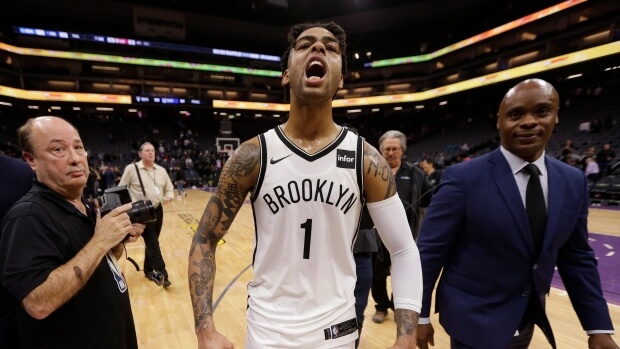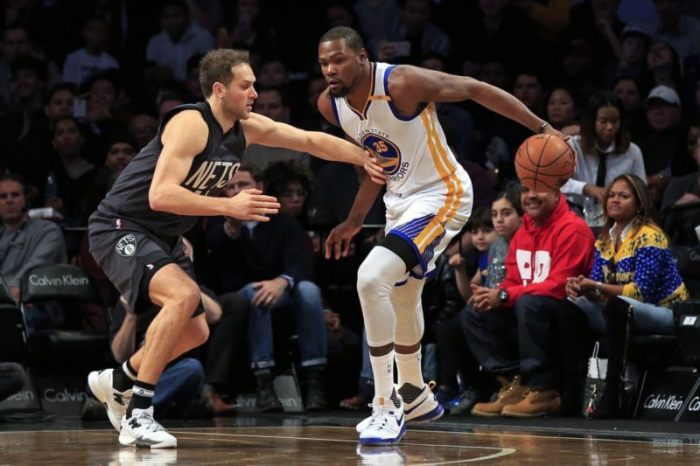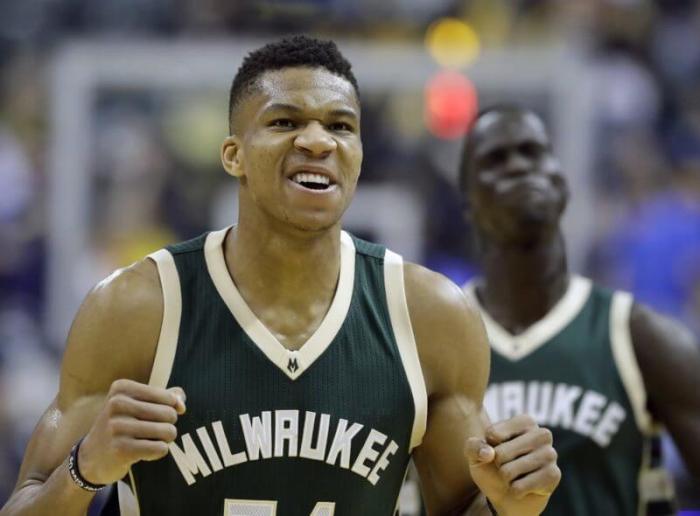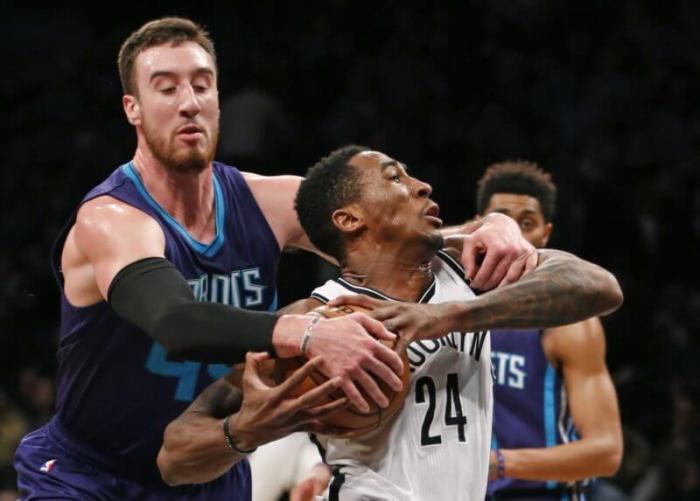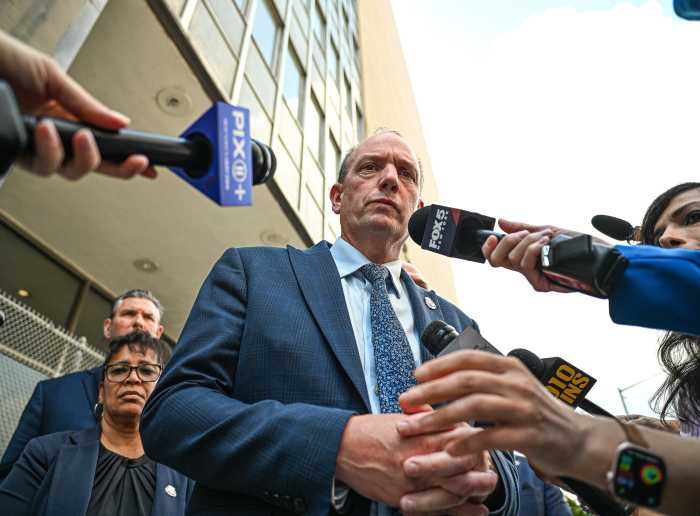I’ll be the first to admit that I had my doubts about Terrence Williams when the season began. Despite Sebastian’s undying love for TWill, I was concerned by the prospects of a four-year player who might have been crazy athletic, but lacked any real shooting touch. I also was concerned about the maturity of any guy who likes to call Nate Robinson one of his best friends.
And then when the season started, my worst fears were realized. Williams was able to put together a double-double in his opening night debut, and accumulated a few more in the early going, but there were other parts of his game that were a cause for concern: he shot36 percent on 11 shots per game in November when he was getting considerable playing time while the Nets were dealing with injuries. Meanwhile his assist-to-turnover-ratio was exactly 1:1 – not good for a guy who’s supposed to be a playmaker. Then there was the off-the-court stuff. He missed buses, was late to practices, and made some negative comments on Twitter about his playing time. He snapped at the beat guys for questioning him – which was nuts considering I think all four beat guys did yeoman’s work this season covering a team that was beyond pitiful and boring for the majority of the year. In the fallout of his Twitter issues, I was preparing a post of players the Nets would have been better off drafting at #11, ready to declare TWill a bust, but I resisted. And I’m glad I did, because outside of whoever the Nets get in the draft this year, Terrence Williams is the player I’m most excited about as a Nets fan headed into next year.
How good was TWill down the stretch? He went from averaging 3.7 points, 2.2 assists, 2.3 rebounds on 38 percent shooting in about 15 minutes a game in February to averaging 14.1 points, 4.9 assists and 6.7 rebounds on 43 percent shooting in 30 minutes a game in March. He then upped his game even more for the final 7 games in April, averaging 14.3 points, 6.3 assists, 7.1 rebounds on 45 percent shooting playing 34 minutes a game. This wasn’t a gradual improvement. This is a legitimate case of a light “switching on” for a player. Meanwhile, his assist-to-turnover ratio was nearly three-to-one his final six weeks. So not only was TWill stuffing a stat sheet, but a case could be made that he was more effective running the point than Devin Harris.
It’s also no surprise that when the light switched on for Williams, the Nets looked like a competitive team down the stretch. While they still lost their final two game of the season, they did grab five of their wins in their last 13 games, moving them comfortably beyond the all-time “infamy” mark. The Nets desperately needed another player to step up in addition to Brook Lopez and Devin Harris. While Courtney Lee also improved his game in the second half of the season, it still wasn’t helping the team win with any consistency. TWill’s dramatic leap to the next level seems to have the most impact on the organization. He even made ESPN John Hollinger’s “out of nowhere” team for his improved play. Hollinger has been a skeptic of TWill’s from the get-go, so that was quite the turnaround.
He’s far from a perfect player. His shooting is still shaky and defenders who are not sleeping on TWill’s devastating first step to the rim will dare him to shoot jump shots next year? Can he adapt? Lost in the shuffle of his great final two months is the fact that TWill’s outside shooting was marginally better as the year went on. After shooting about 20 percent on jumpers between 10-15 feet, he shot 22 percent in March (yuck) and 35 percent in April (better, but smaller sample). On 16-23 foot jumpers, he shot about 24 percent in March and April after shooting around 15 percent from December-February. I honestly can’t say if TWill’s jumper will ever be “good enough,” but if he continues to gradually improve in that area while still being an all-around playmaker, look out.












